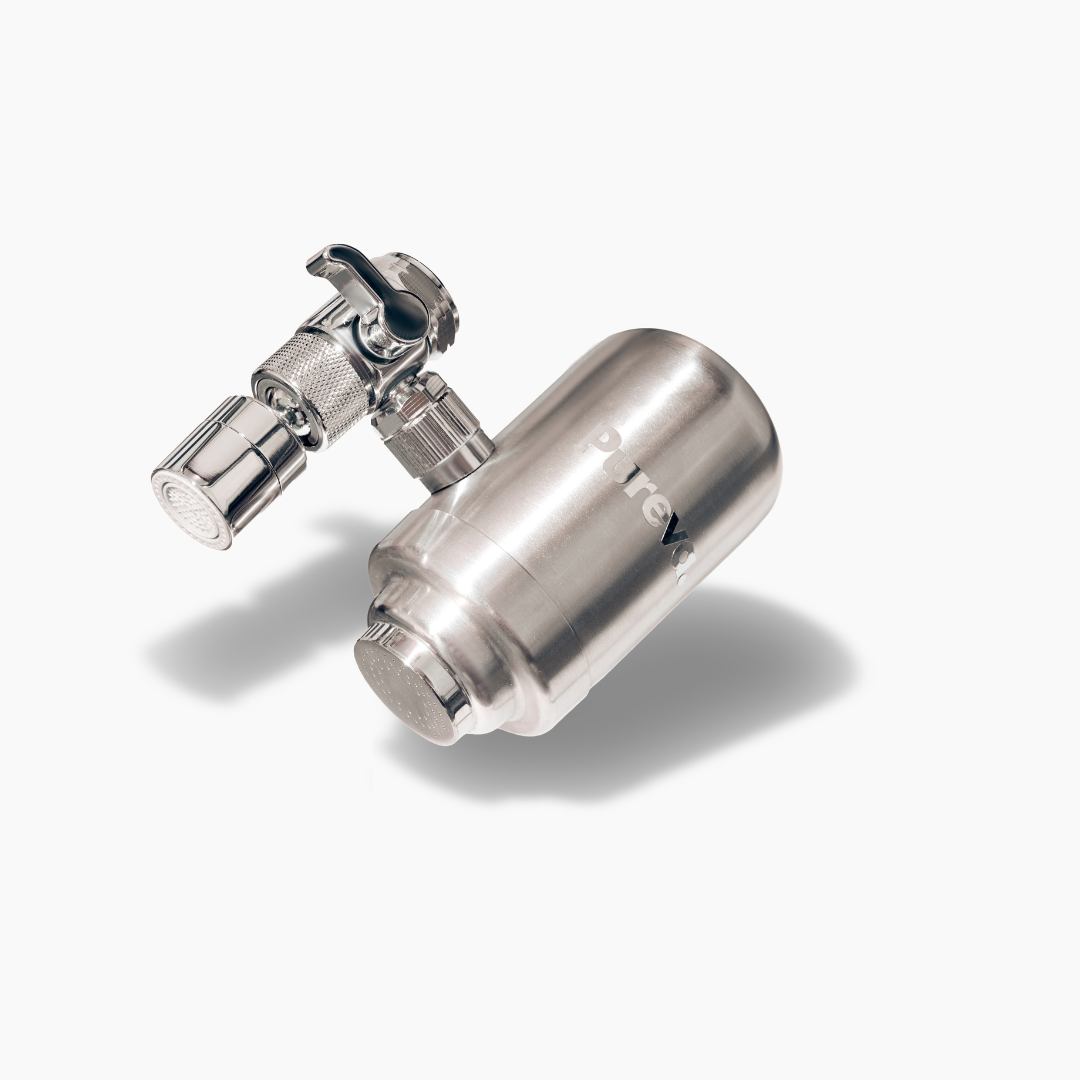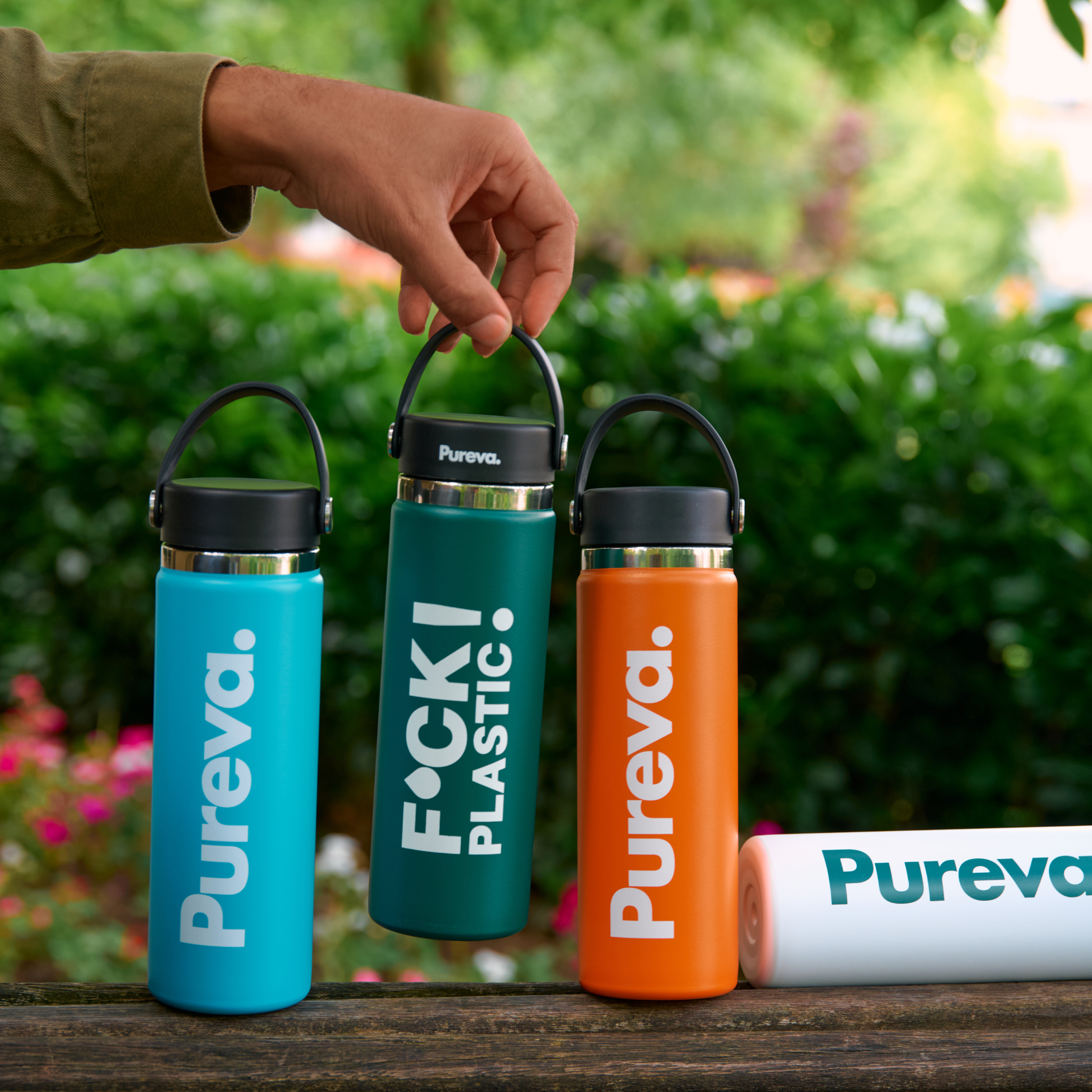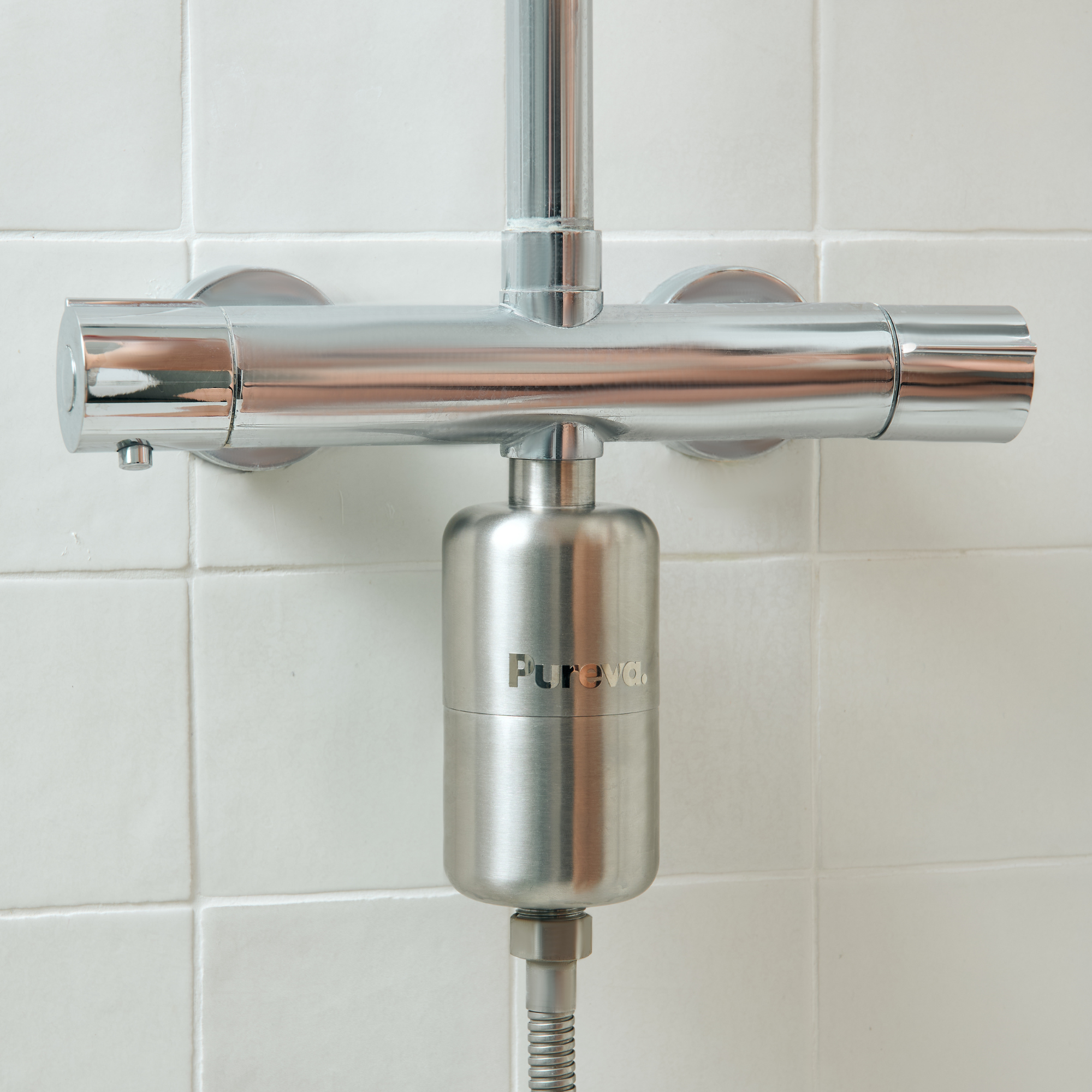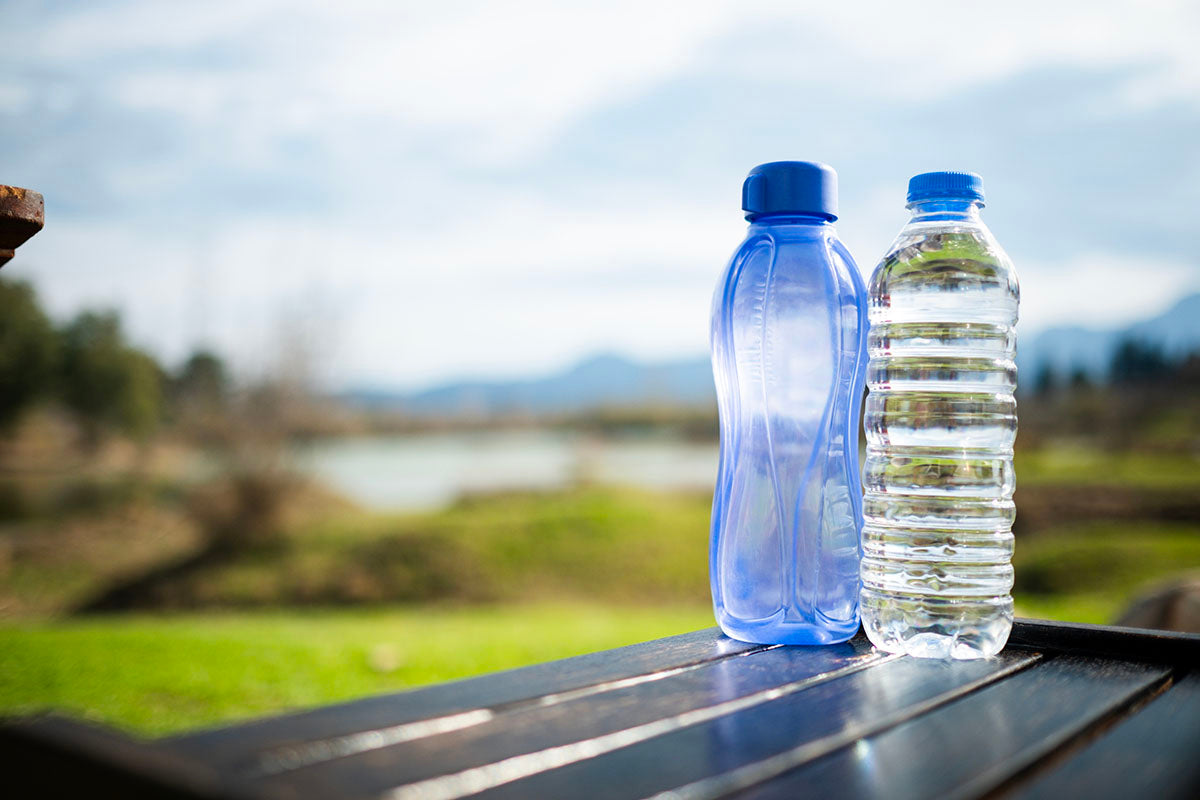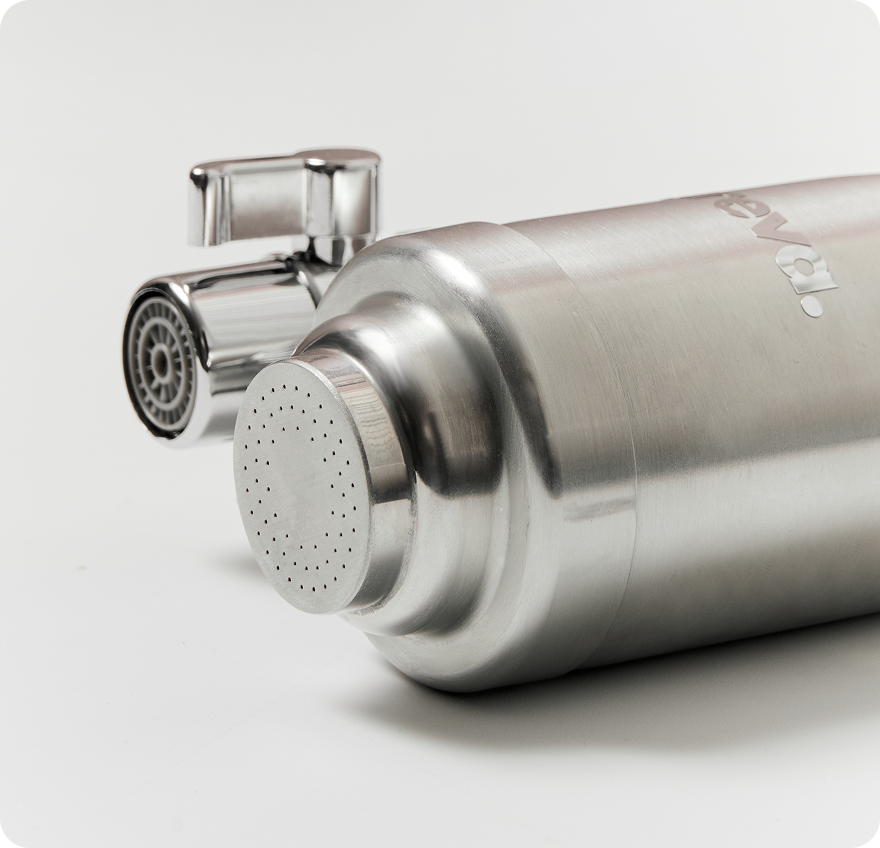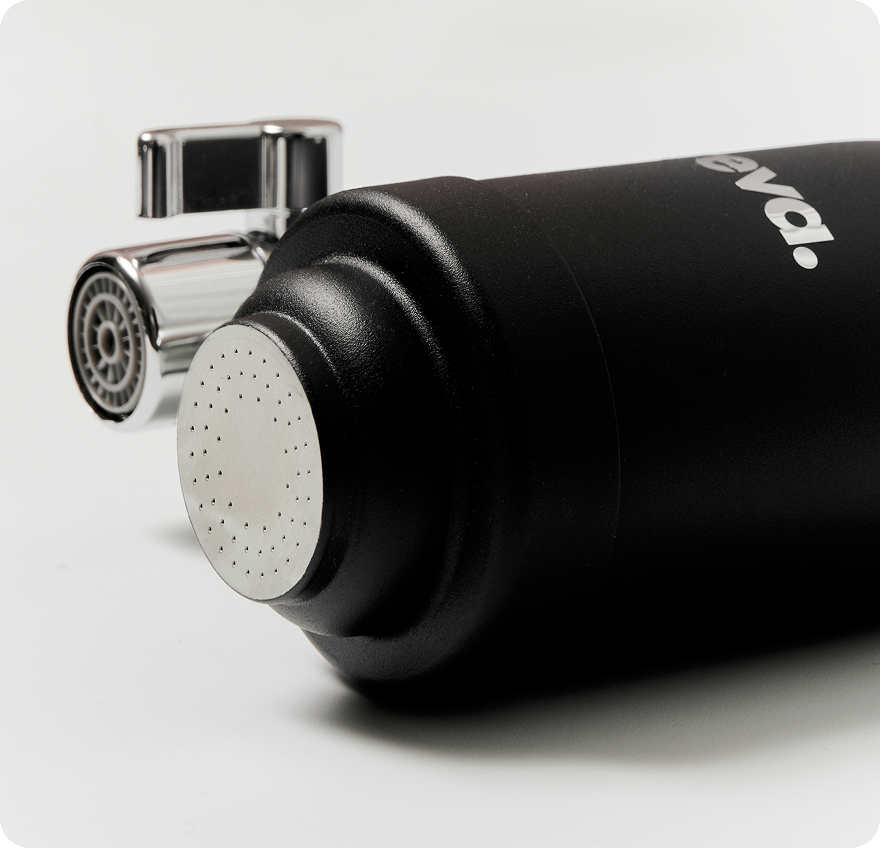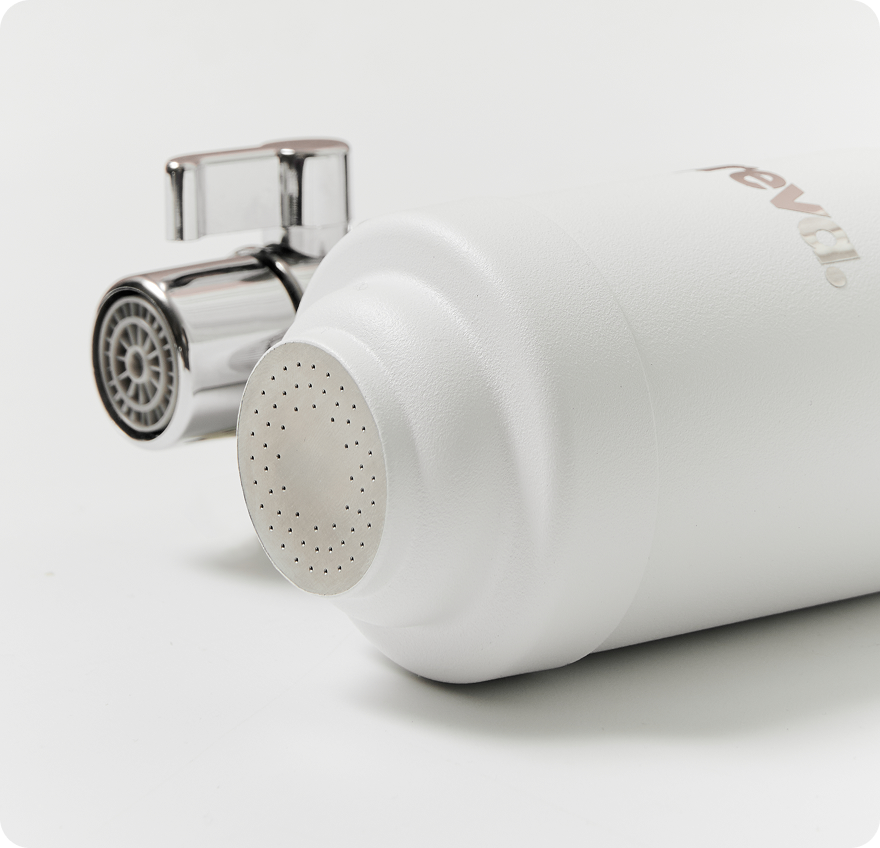Manufacturing plastic bottles requires a volume of water that might surprise you. 1 liter? 2 liters? 3 liters? In today's worrying climate (global warming, for example), preserving natural resources like water is a very real issue. So how many liters of water does it take to make a plastic bottle? Let's take a look!
How much water does it take to make a one-liter plastic bottle?
Designing a plastic water bottle requires a certain amount of water. The water footprint measures this volume of water needed. According to a study by the Water Footprint Network, manufacturing a 1-liter plastic bottle requires between 2 and 3 liters of water , including all stages, from raw material extraction to the final product. This water footprint highlights the pressure this process places on water resources, prompting us to rethink our daily consumption of plastic bottles .
Why does this process consume so much water?
The different manufacturing phases of a plastic bottle use relatively significant water resources for:
- Raw material processing : Polyethylene terephthalate is the basic compound of PET plastic . Large amounts of water are required to obtain PET granules. The water is used for cooling and cleaning these granules for a high-quality final material;
- Cooling the machines and each blowing mold in the manufacturing plants : to obtain a certain bottle shape, the PET must be melted at a very high temperature and poured into molds. Water helps prevent the equipment from overheating;
- cleaning industrial sites to ensure impeccable hygiene and avoid potential contamination;
- quality control of each bottle : pressure and resistance tests of the bottles use water.
We therefore observe that it takes almost three times as much water as its final capacity to manufacture a plastic bottle . Would you like to know more about the reasons to stop drinking water from plastic bottles?

What is the environmental impact of manufacturing plastic bottles?
The production of plastic bottles has a very high environmental impact, obviously directly linked to the consumption of plastic bottled water in France, which is impressive. A plastic bottle It's no less than 42 liters of gas, 100 ml of oil. But also the use of 2 to 3 liters of water for the manufacture of a 1.5 liter bottle , the transport, the storage and finally the recycling of PET bottles. The observation is edifying! The manufacturing process of a plastic bottle is energy-intensive and a major emitter of greenhouse gases .
According to ADEME, drinking one liter of bottled water emits up to 400g of CO2, compared to 0.1g for tap water. Worse still, this method of water consumption represents a growing threat to marine and terrestrial ecosystems.
It should be noted, however, that many measures have been put in place to reduce the environmental impact of the manufacture of plastic bottles as much as possible, such as the quantity of plastic in a bottle, which has been reduced by almost 20%. Another point of improvement to note: water transport routes , which are now 55% made up of alternative modes of transport that are less harmful to the environment (transport by train, rail or river). Unfortunately, despite these efforts, the consumption of bottled water remains much more destructive to the environment than tap water.
What are the alternatives?
To help you in your approach, we offer several alternatives to the plastic water bottle :
- the reusable and sustainable glass bottle : glass is an infinitely recyclable material. In the long term, it retains all its qualities and does not release any chemical substances;
- the stainless steel bottle : it is a durable, lightweight material free from chemicals;
- Tap water consumption : its carbon footprint is 1,400 times lower than that of plastic bottled water. It's cheaper, and you don't need to carry packs of bottles every week.
Most often, the consumption of bottled water is motivated by the guarantee of having purer water. However, this is not without reference to past cases of contamination. At the end of January 2024, the bottled water scandal revealed by the newspaper Le Monde put an end to this certainty. Indeed, a large portion of water sold under the label "natural mineral" undergoes purification treatments like those for tap water.
There are limitations to using these solutions. So how can we reduce our consumption of bottled water ?

What solution is there to limit water consumption from plastic bottles?
Do you want to completely ditch PET bottles? Do you want to significantly reduce your plastic pollution and waste? Opt for a simple, easy-to-use everyday solution: a water filtration system like the Pureva water filter.
This filtration device attaches and fits directly onto your faucet. Made of natural activated carbon, diatomaceous earth ceramic, and infinitely recyclable food-grade 3041 stainless steel, the Pureva water filter provides pure water , free from:
- of pollutants;
- of microplastics;
- of drug residues;
- of bacteria;
- of heavy metals;
- of pesticides.
It improves the taste and lightness of water while replacing the plastic bottle. By choosing the water filter option on the tap , you contribute to the protection of the environment while taking care of your health. As we said above, you make significant savings without counting on the practical side. Do not hesitate to contact us or visit our dedicated pages to find out more.

